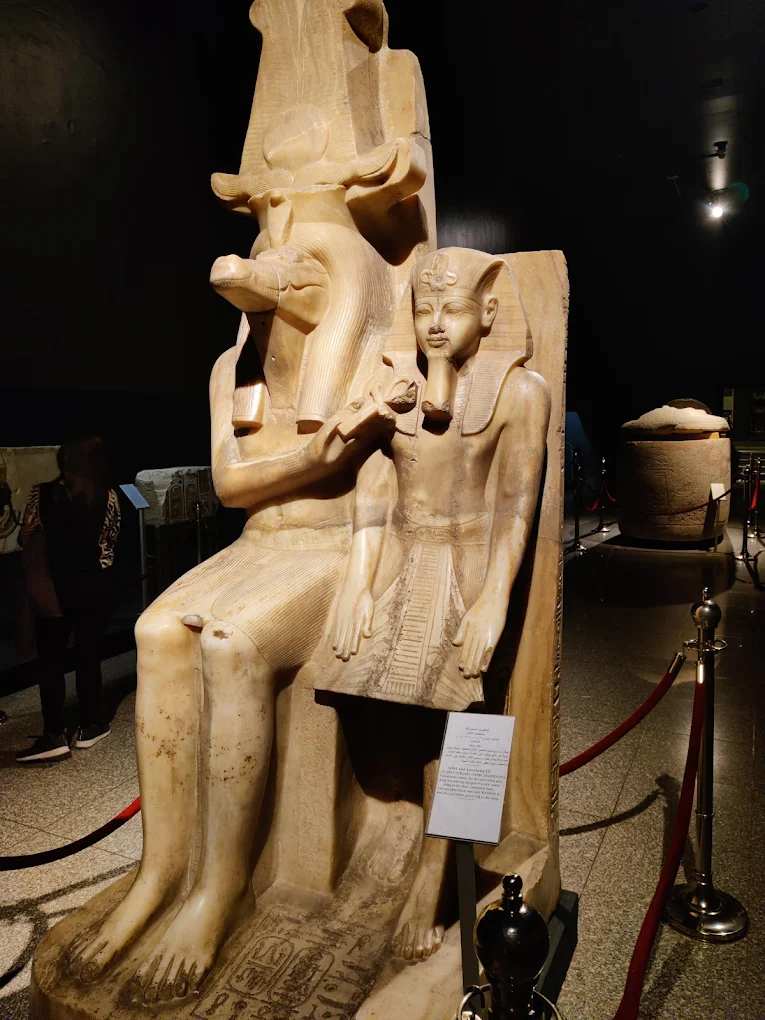The Heart of Ancient Egyptian Civilization
Ancient Egypt is one of the world’s most fascinating and enduring civilizations, renowned not only for its monumental architecture but also for its rich culture, intricate religious beliefs, and vibrant daily life. Spanning thousands of years, Egyptian culture reflects a unique blend of innovation, spirituality, and community centered largely around the life-giving Nile River.
I. Egyptian Craftsmanship and Daily Life
Artistic Techniques and Jewelry Making
Ancient Egyptians were master artisans and skilled in various decorative techniques. They developed intricate methods to create jewelry and decorative items using gold, precious stones, faience, and glass. Techniques like granulation, where tiny beads of metal are fused to surfaces, and filigree, delicate metalwork made of fine wires, were widely used to produce stunning accessories for both royalty and commoners.
Papermaking Innovation
They were pioneers in early papermaking by using papyrus reeds harvested along the Nile. Papyrus sheets were crafted by cutting reeds into thin strips, layering them in a crisscross pattern, and pressing them together. This invention revolutionized communication, record-keeping, and literature in ancient times.
The Nile River: Lifeline of Egypt
Most Egyptians lived close to the Nile River to ensure access to fresh water and fertile land for agriculture. The annual flooding of the Nile deposited nutrient-rich silt, making the riverbanks some of the most fertile lands in the ancient world. This natural resource was the backbone of Egyptian civilization, sustaining its population and economy.
Luxor Market: A Hub of Trade and Social Life
The Luxor Market was a bustling center where Egyptians traded goods like grains, spices, pottery, textiles, and jewelry. It was also a vibrant social space where locals gathered, exchanged news, and celebrated festivals, making it an essential part of daily urban life.

